When looking at a preparatory drawing and the painting based on it, I almost always prefer the drawing. We see the artist's hand at work, the mind thinking. In the same way, in this unfinished work, we see Michelangelo's hand, holding the chisel, his mind making choices of just where to place the tool. The unfinished work is "in the rough," but not imperfect, not found wanting.
The website Michelango.org (https://www.michelangelo.org/the-saint-matthew.jsp) describes it thus: "The standing pose includes a cube-shaped base on which the left foot is raised forcing the knee to protrude; this results in the unusual spiraling that passes into every part of the anatomy, in fieri, of the Evangelist apostle, all the way up to the upwards turn of his head towards divine inspiration -- at once the calling the the source of the book he hold in his left hand. The daring contrapposto, the dynamism pervading the saint's body in every direction, a body that is tense and distressed as it harks the divine inspiration." In fieri: in process, underway, beginning to have existence.
And now a perhaps relevant quote from St. Paul of the Cross: "The statue must be chiseled with very sharp tools before it is fit to be placed in the grand gallery."
And my own thought. We don't like being chiseled ourselves. We chose how to respond: to become bitter or better, serene or sour.
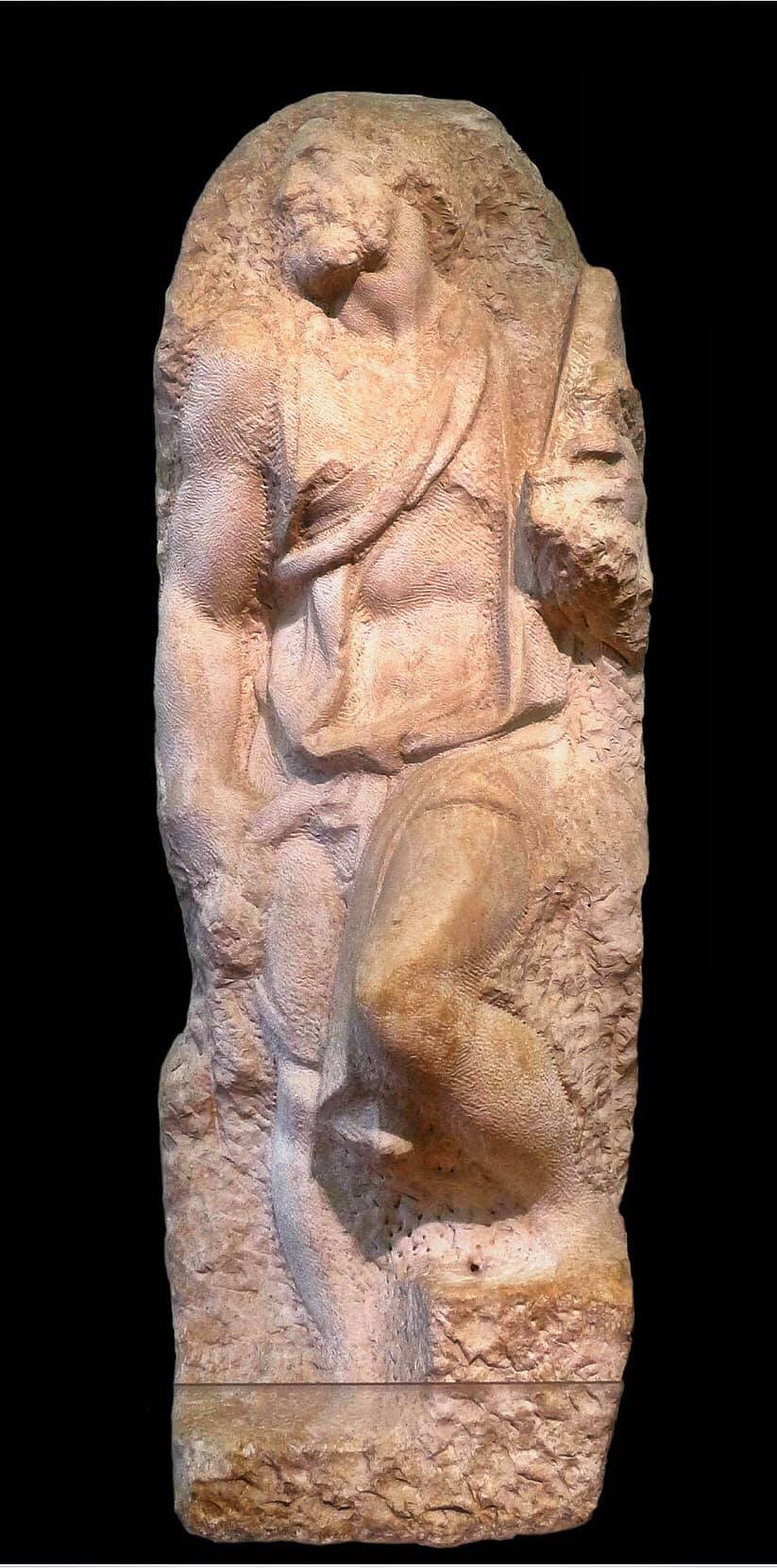
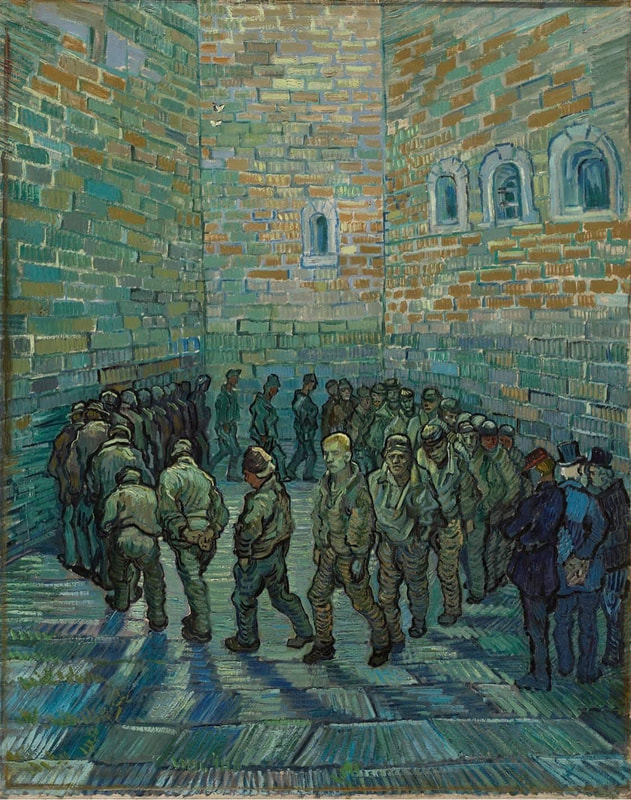
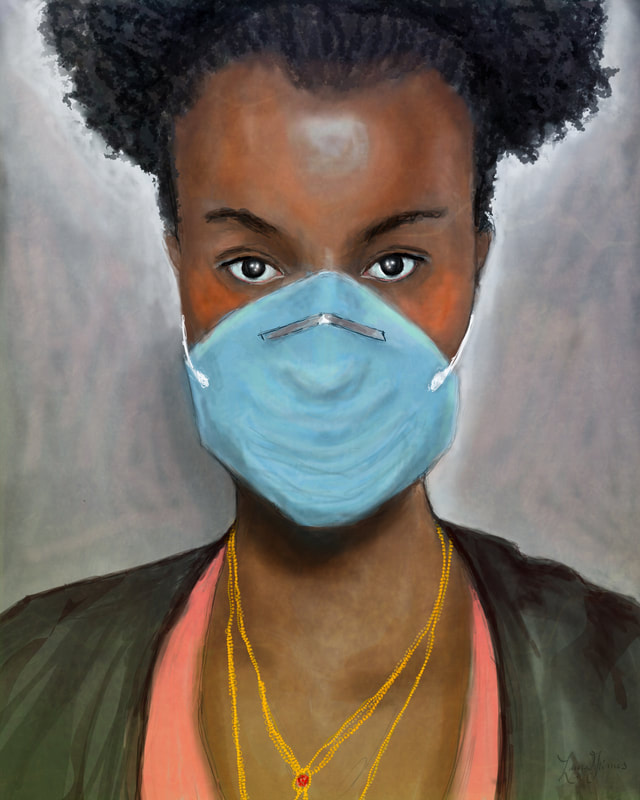
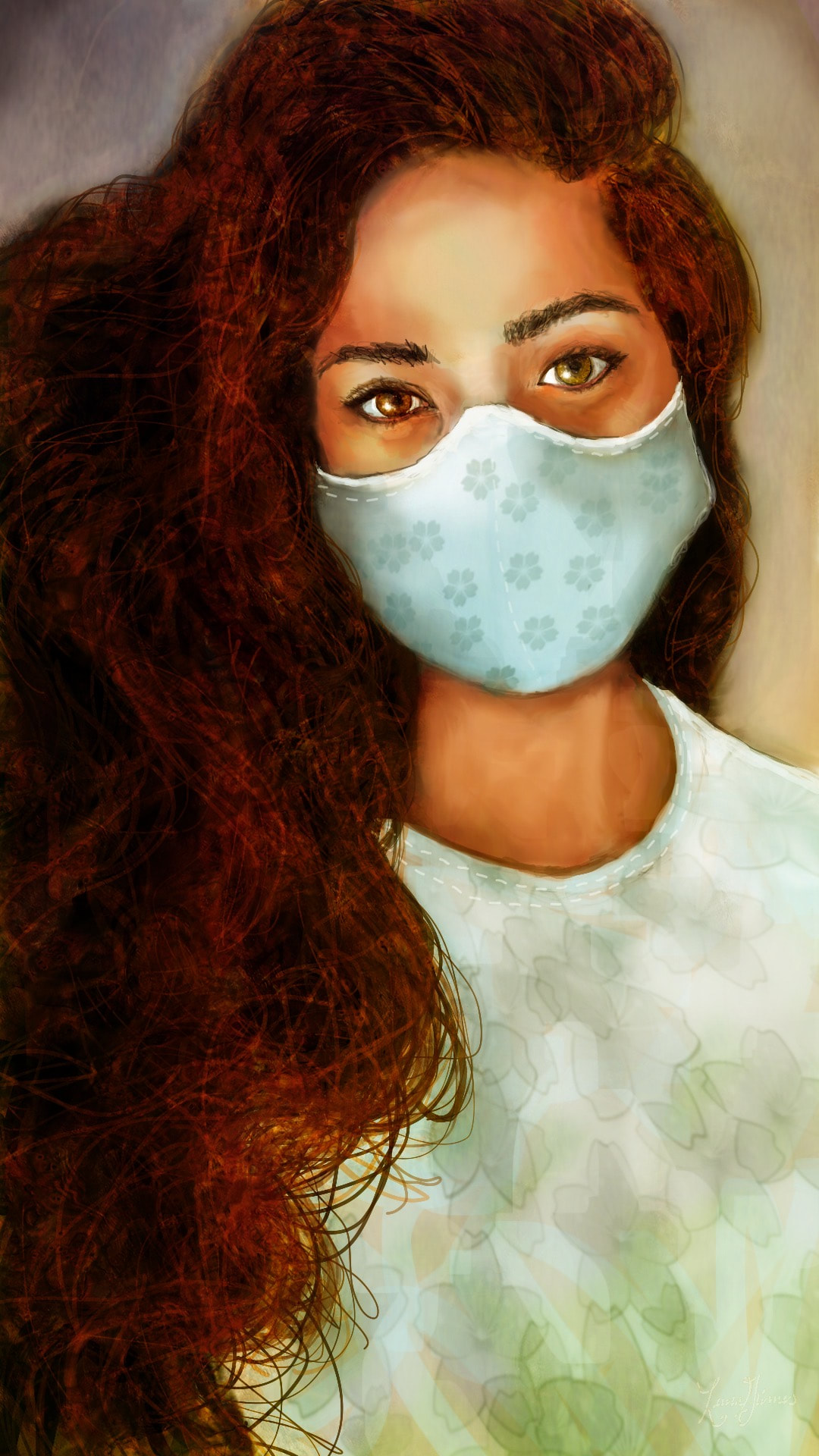
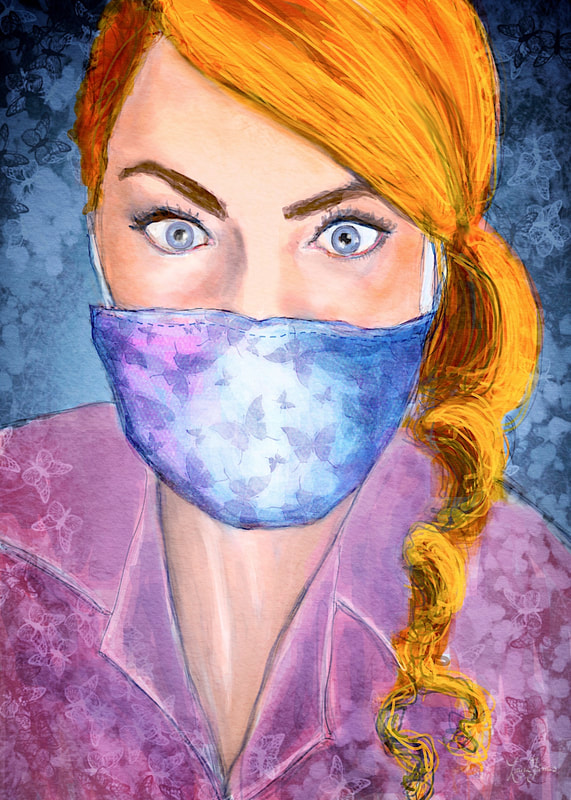
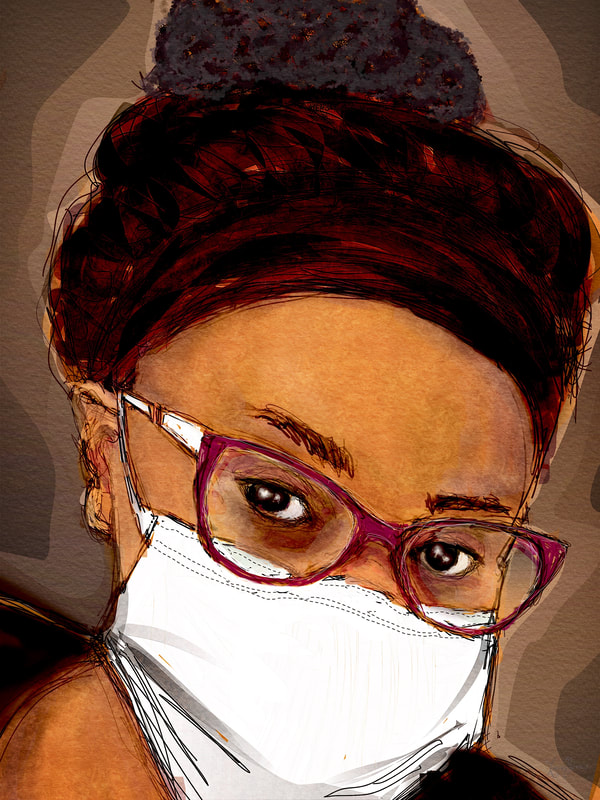
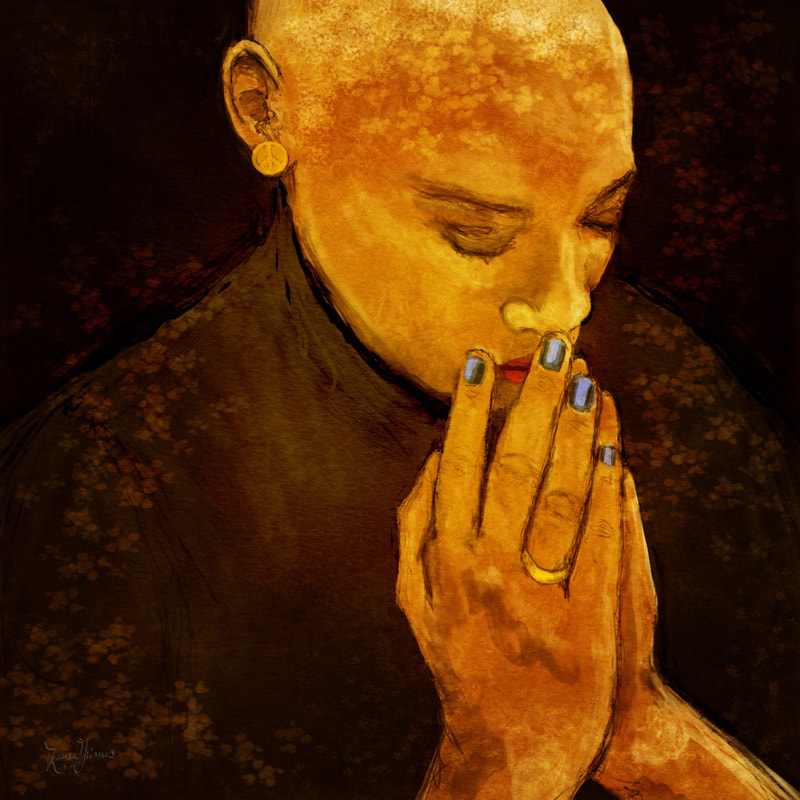
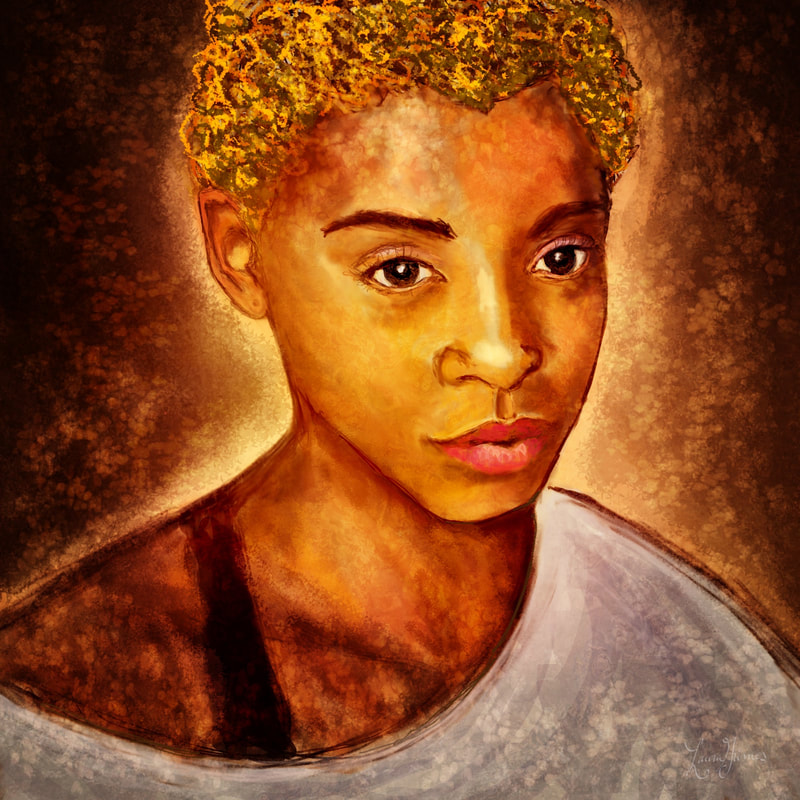
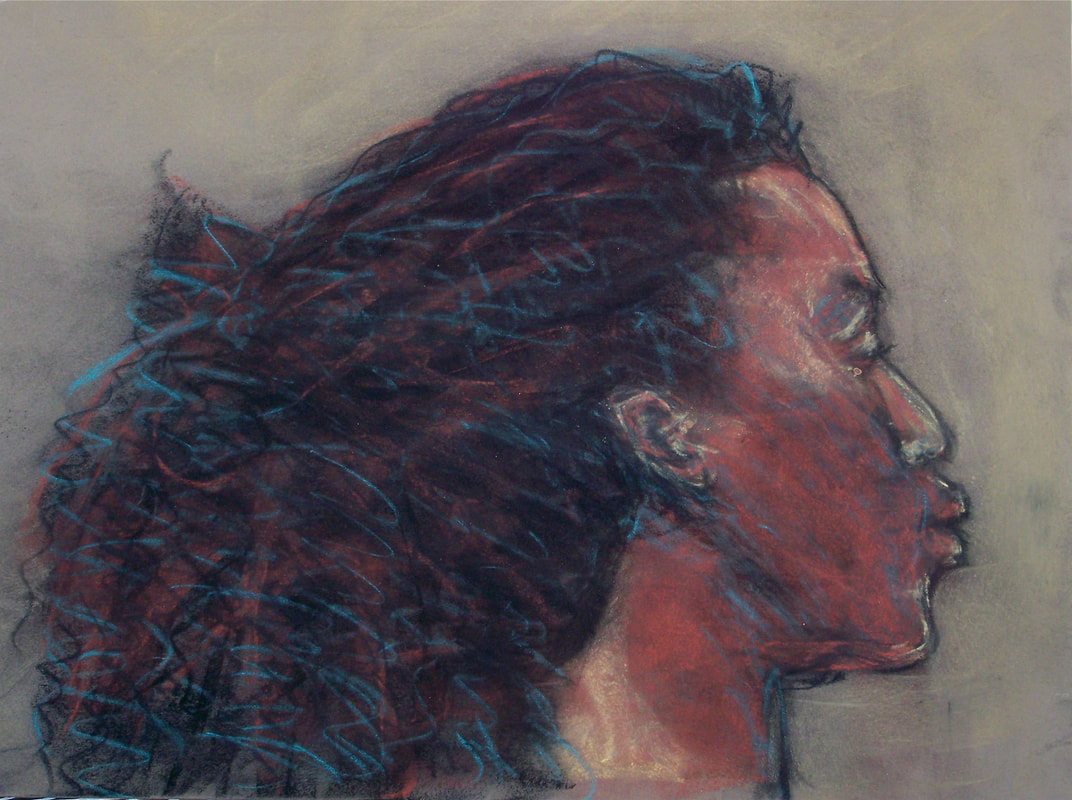
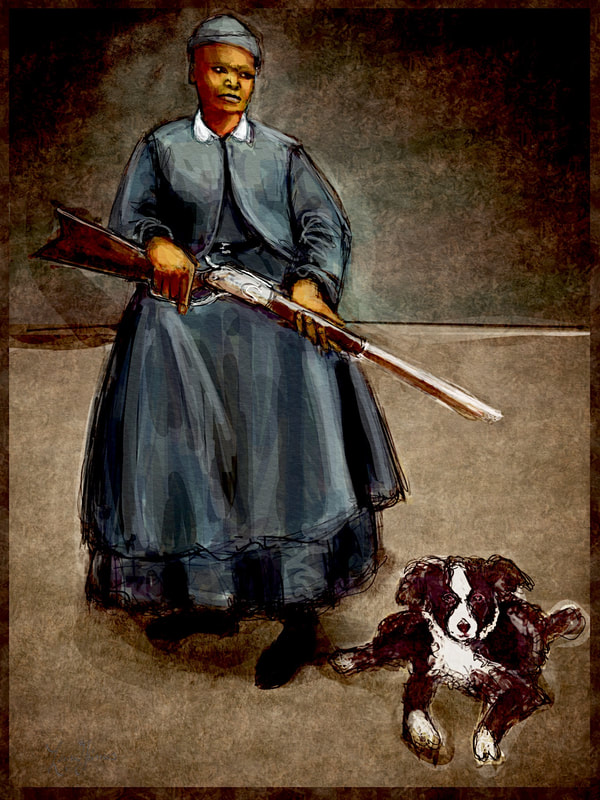
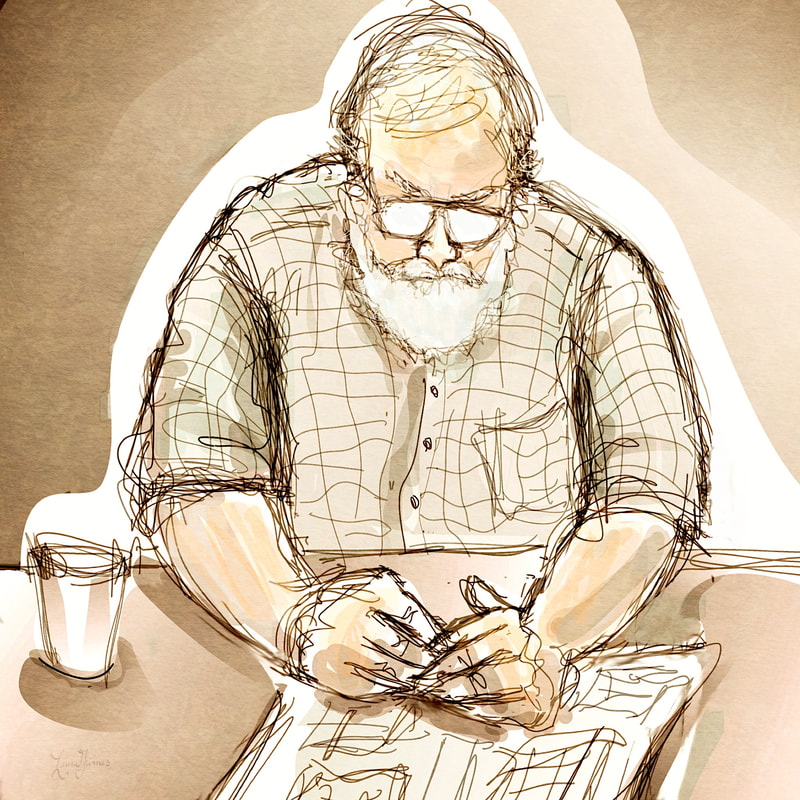
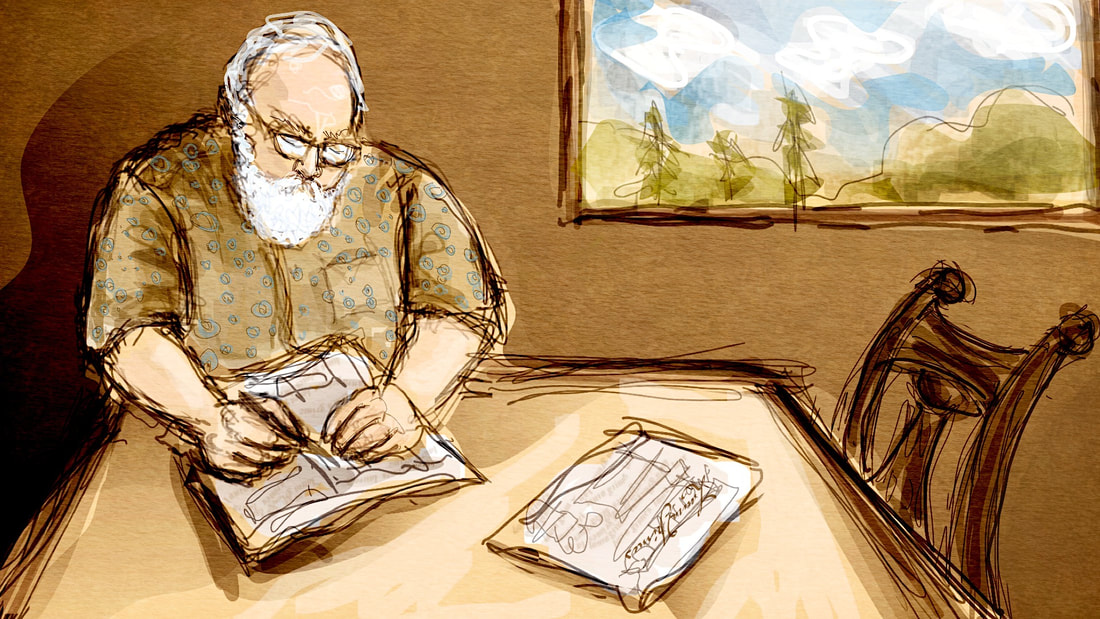
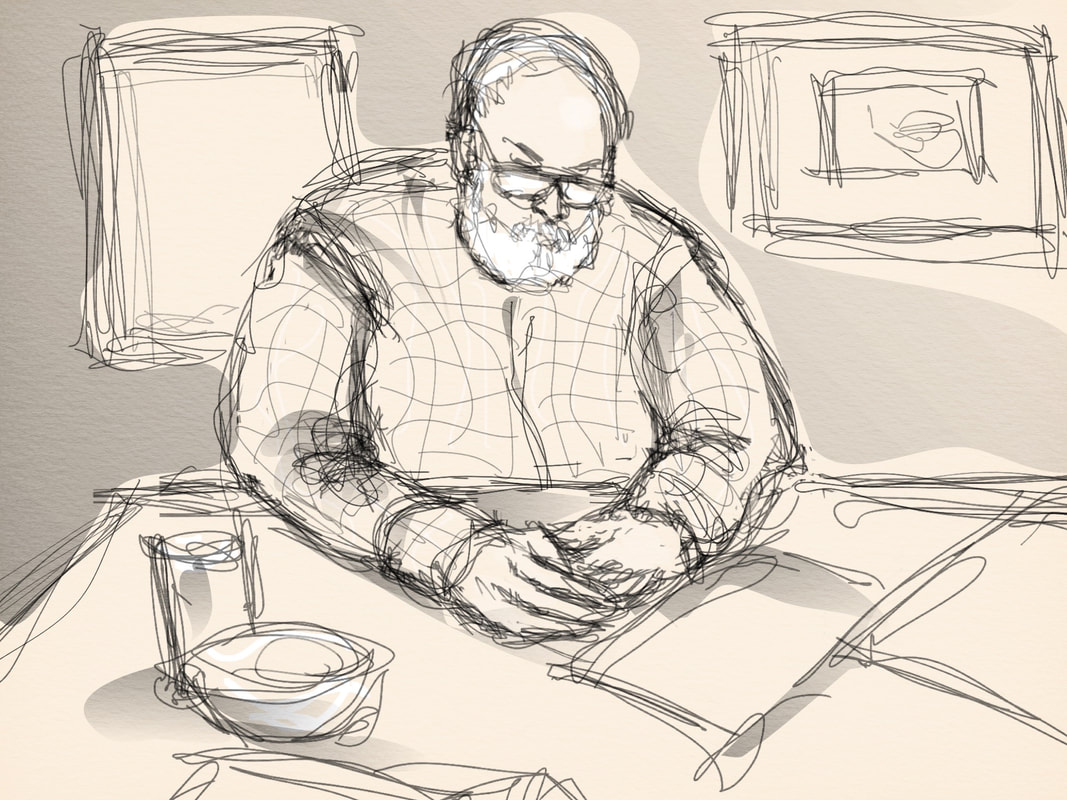
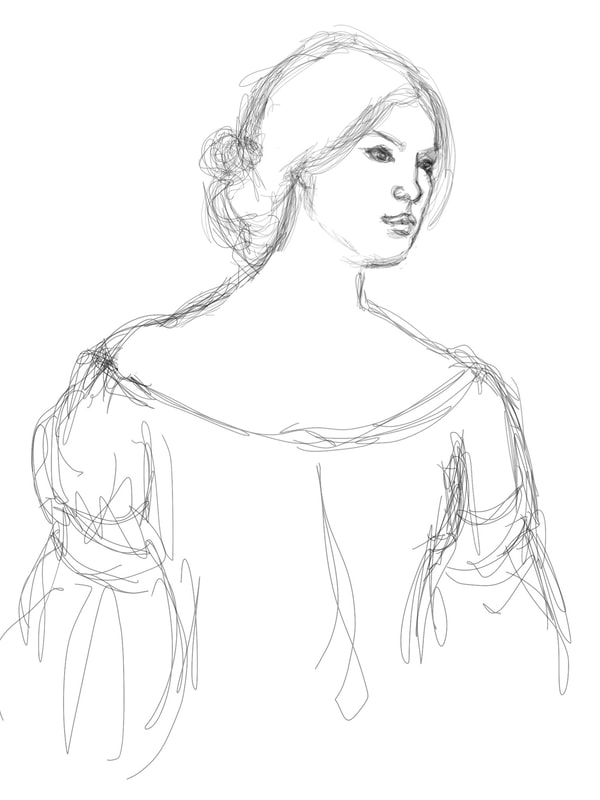
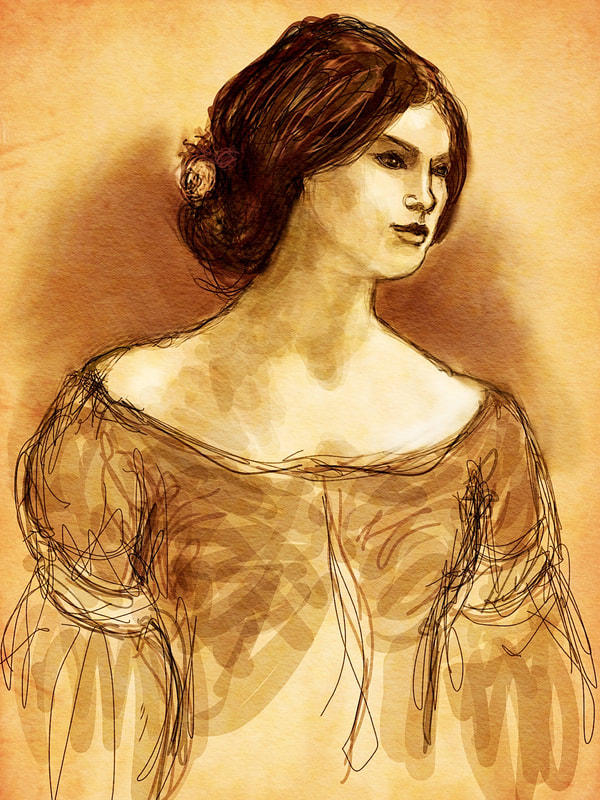
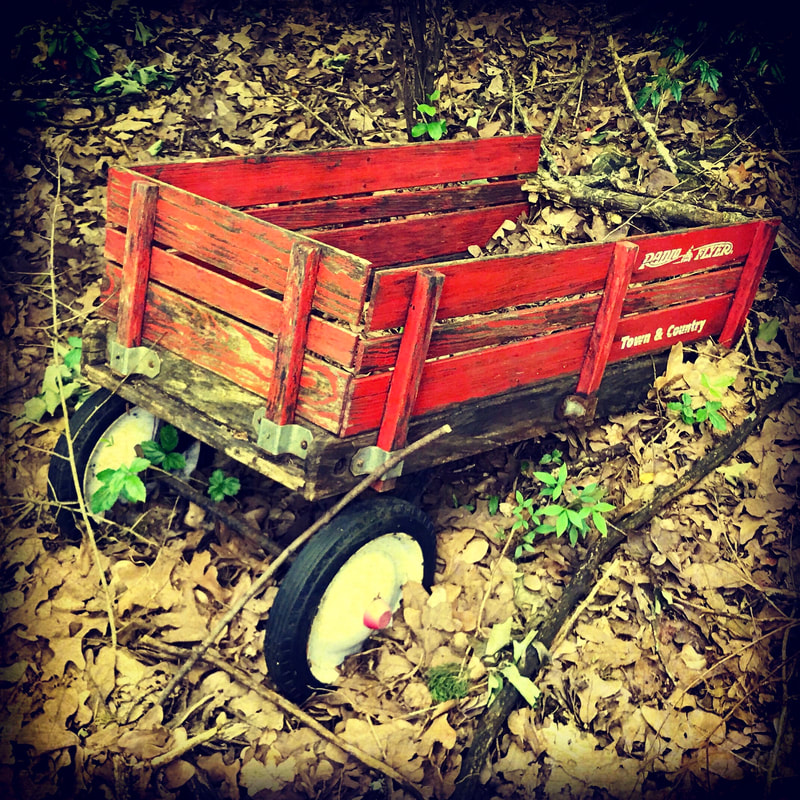
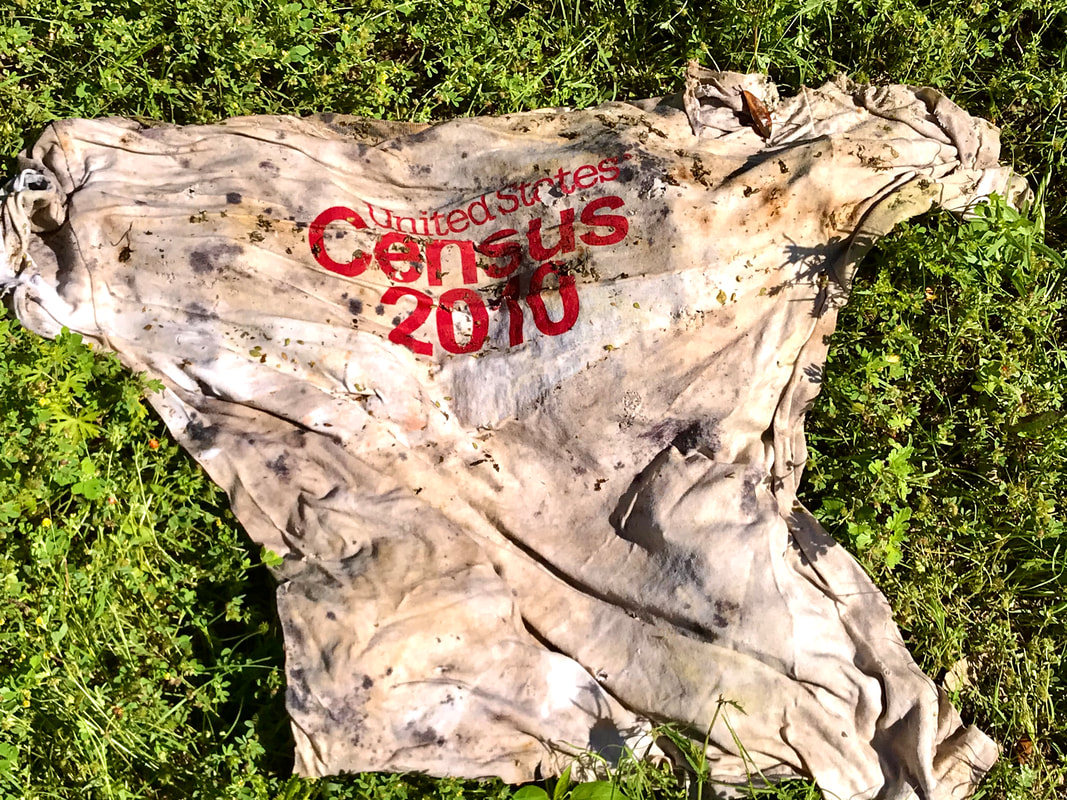
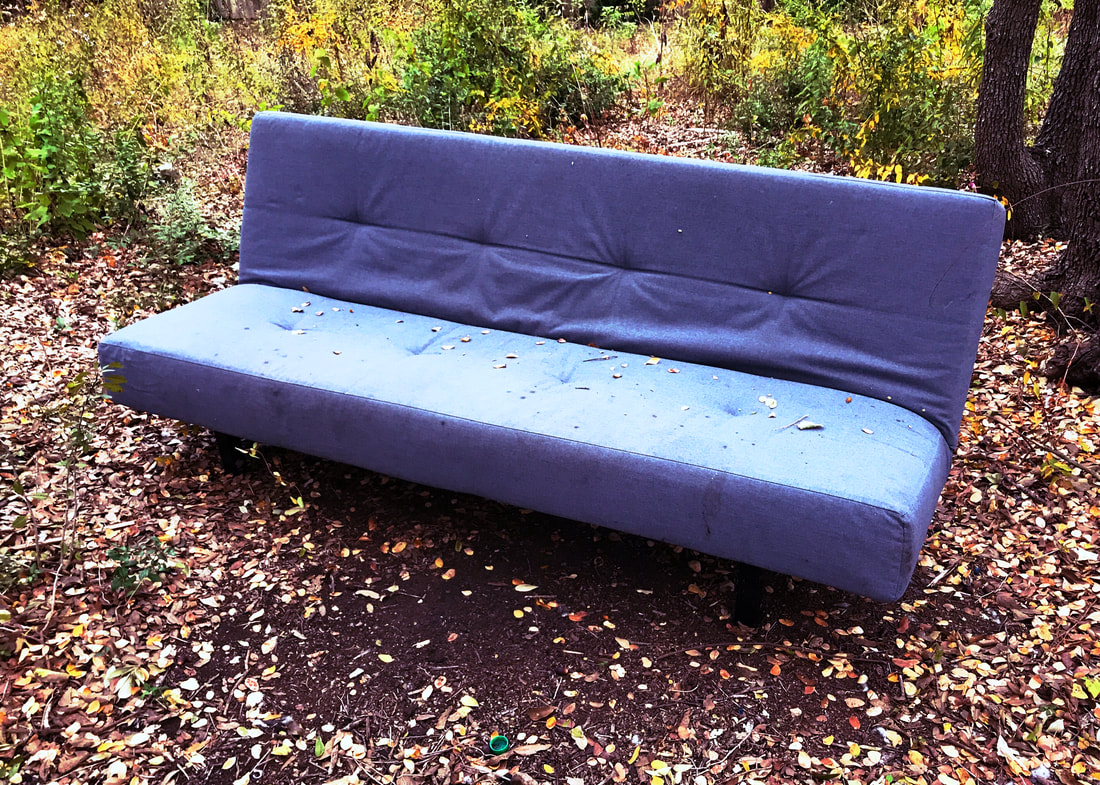
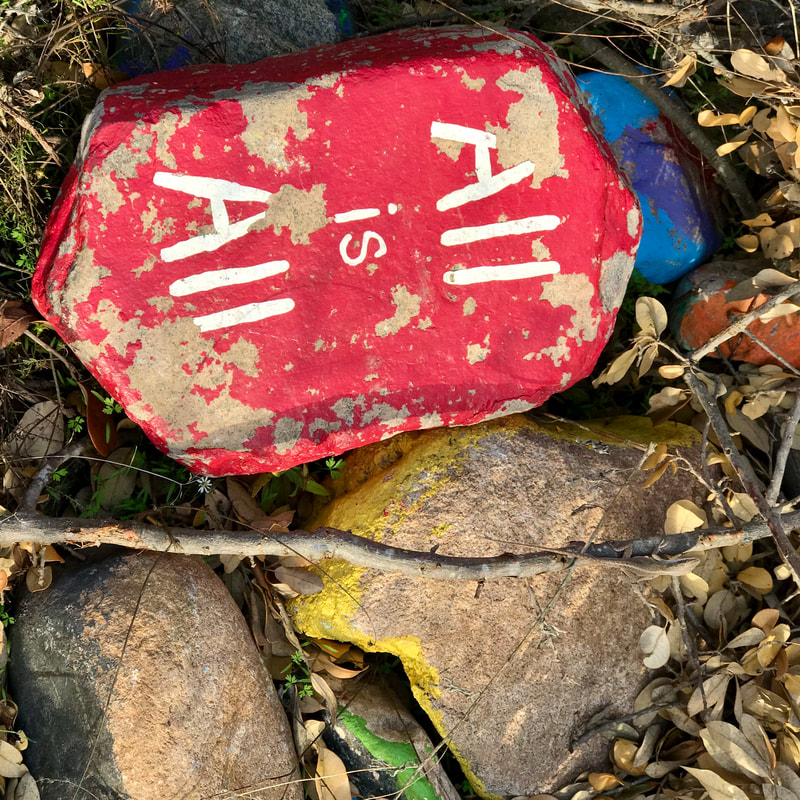
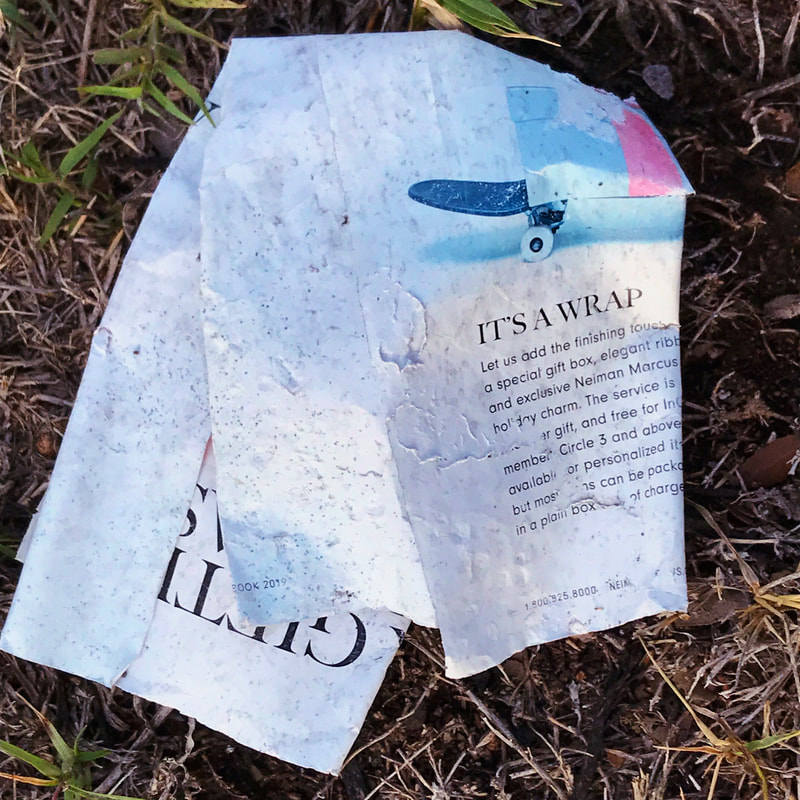
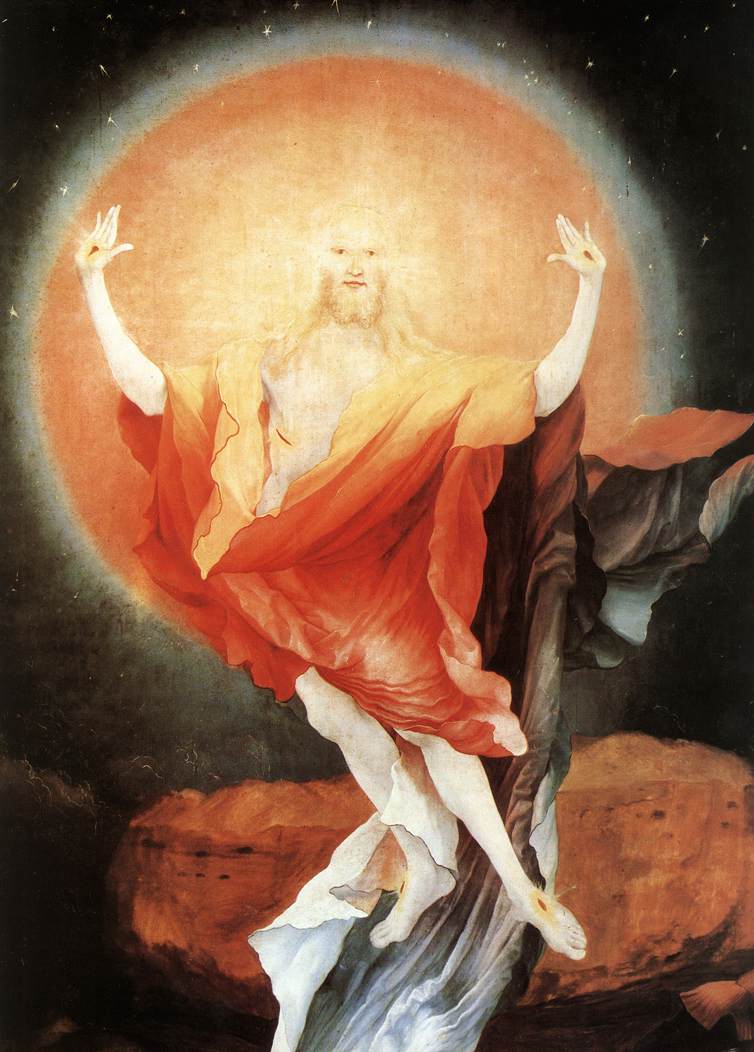
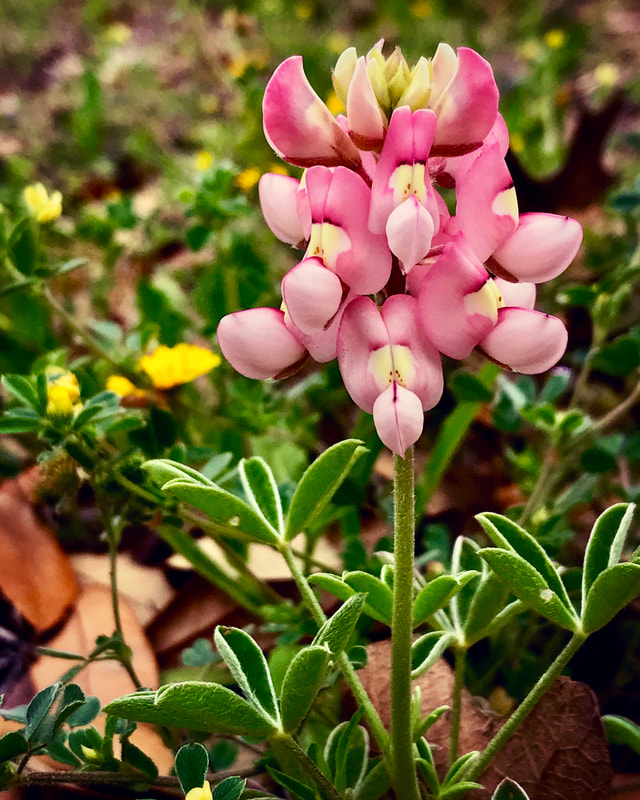
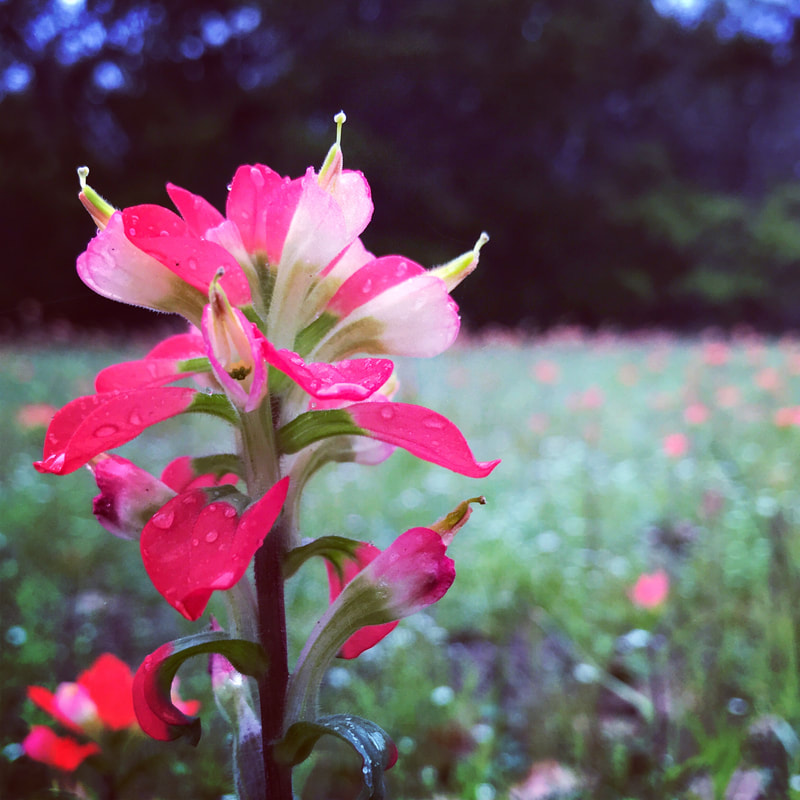
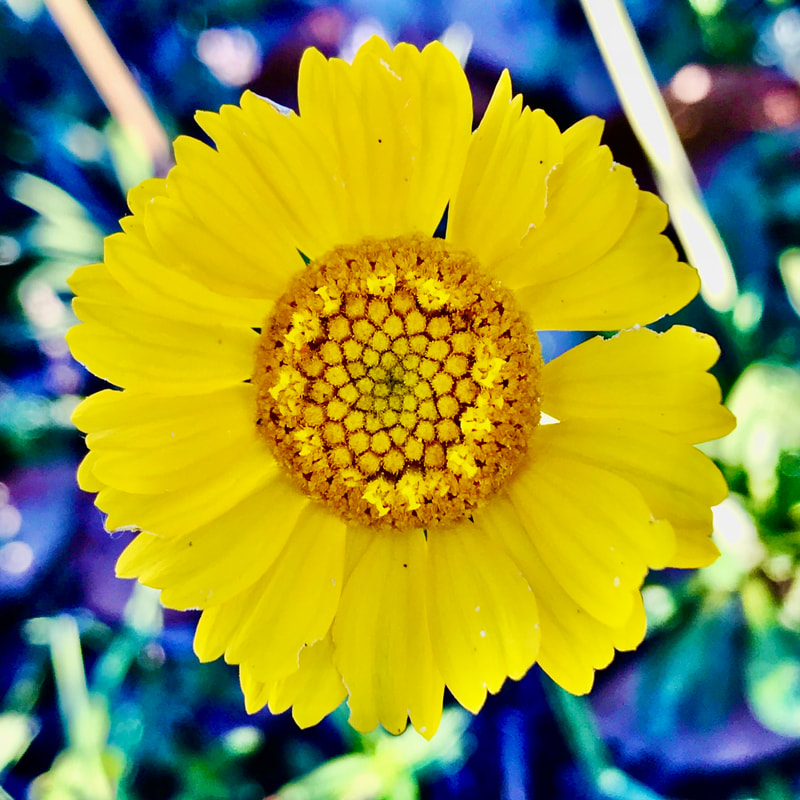
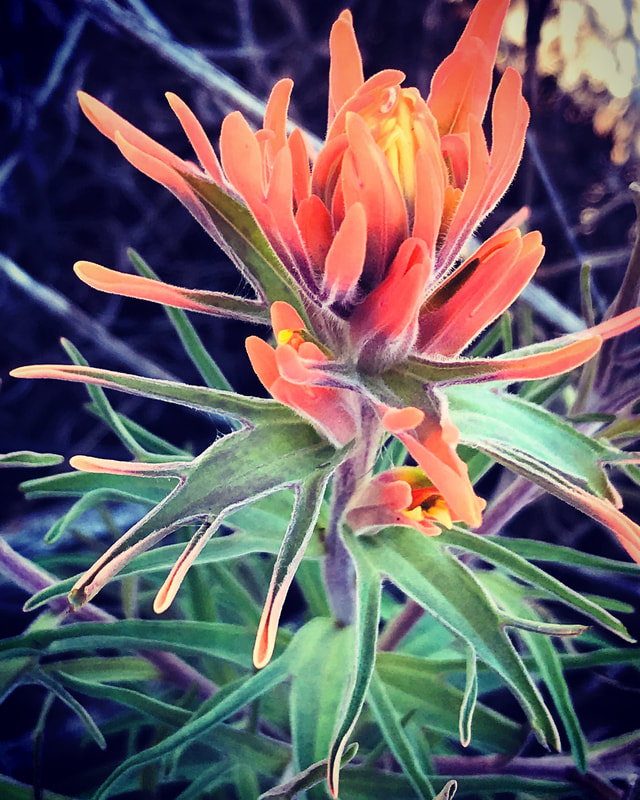
 RSS Feed
RSS Feed